Let Us Now Praise Famous Men
James Agee and Walker Evans
In the hot, dry August of 1936, the poor family Burroughs of Hale County, Alabama was visited by a writer and photographer from New York. The writer was James Agee (1909 – 1955) and the photographer Walker Evans (1903 – 1975). Both here on behalf of Fortune magazine, which wanted a report from the heart of the American South, in the middle of the Great Depression. Fortune wanted an article on the conditions among tenant farmers. Agee and Evans traveled around the area for eight weeks. Always returning to the simple wooden shack where Floyd and Allie Mae Burroughs lived with their four children.
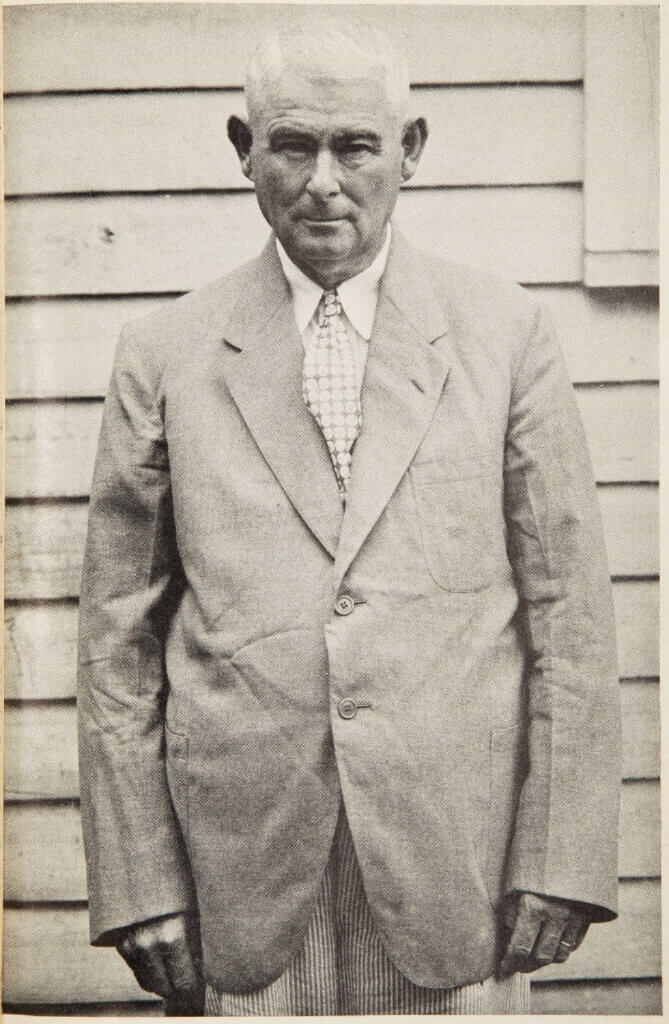
Floyd and Allie Mae were tenant famers. They shared the proceeds of their cotton crop with the land and homeowner. From whom they also obtained their food, medicine and seeds. In a good year they could just about make ends meet.
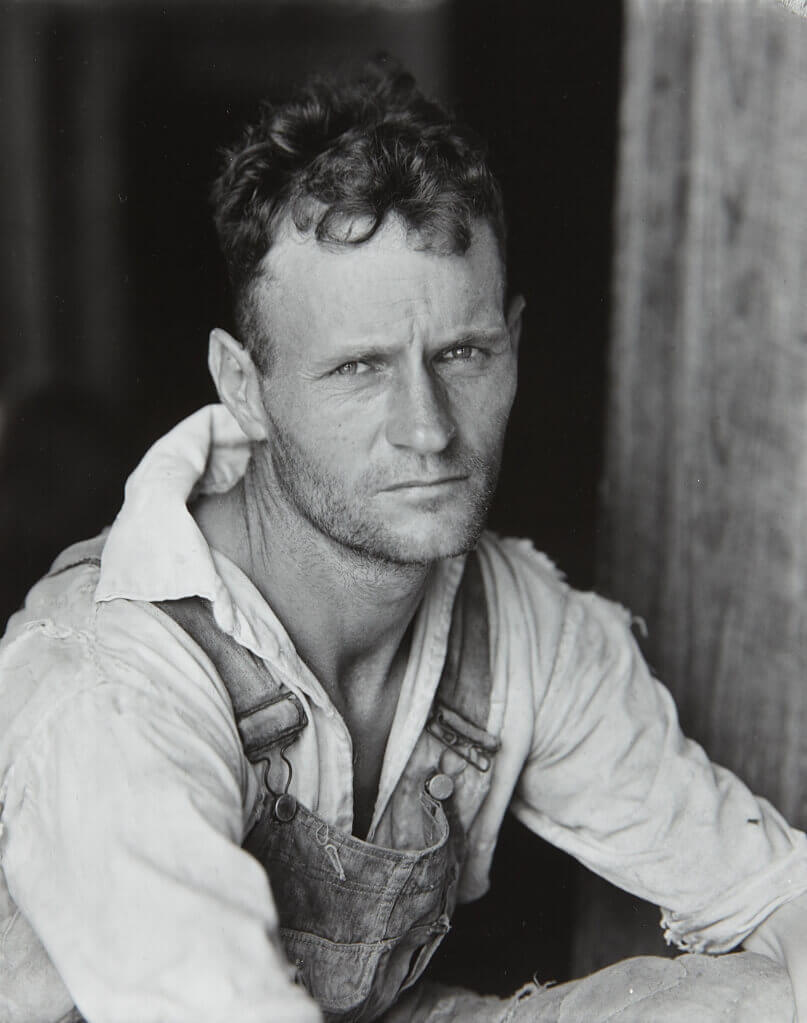
Walker Evans was an American photographer and photojournalist. In 1935 he joined the Resettlement Administration, in 1937 succeeded by the Farm Security Administration. The FSA is famous for its small but influential photography program, that portrayed rural poverty and of which Walker Evans was part. In the summer of 1936 Walker Evans was seconded from his duties as a photographer with the FSA to accompany James Agee to Alabama on the assingment for Fortune Magazine.
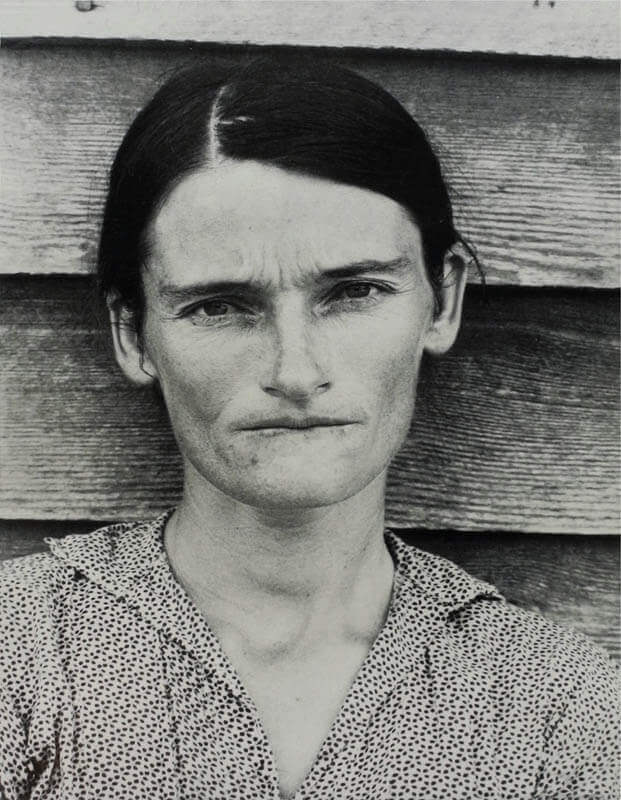
James Agee was an American novelist., journalist, poet, screenwriter and film critic. After graduation he was hired by Time Inc, where he wrote for Fortune Magazine from 1932 to 1937. His text details his stay with the three tenant families in Hale County. Its detailed account of the three farming families paints a deeply moving portrait of rural poverty.
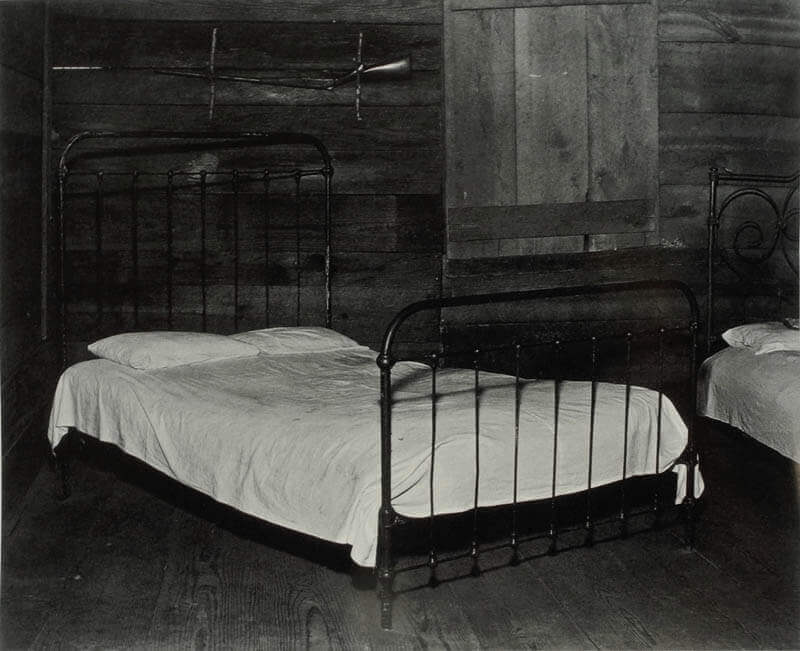
The pictures Evans made in Hale County are among the best known from his work. And are therefore among the highlights in the history of 20th centry American photography. The images show families with gaunt faces, adults and children huddled in bare shacks before dusty yards. Some pictures are also included in American Photographs, a classic among photobooks.
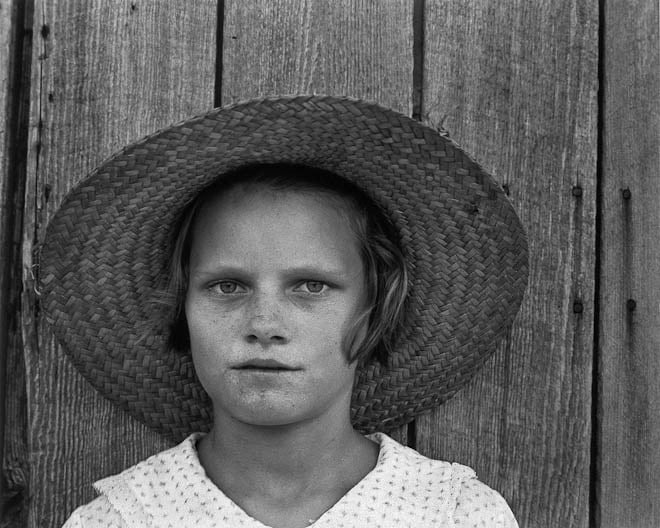
Agee was so overwhelmed by his stay in Hale County that he soon felt that his observations and Evans’ pictures deserved a platform other than a magazine that would soon disappear from the newstands. His extended piece, Agee saw the project as a work of several volumes, was rejected by Fortune magazine. The joint project would eventually appear in 1941 under the title Let Us Now Praise Famous Men. Ignored on its original publication it sold only 600 copies before being remaindered. It was not until its reissue in 1960 the book gained recognition. Since then it has been studied as a source of both journalistic reporting and literary innovation. It has grown to be considered Agee’s masterpiece.
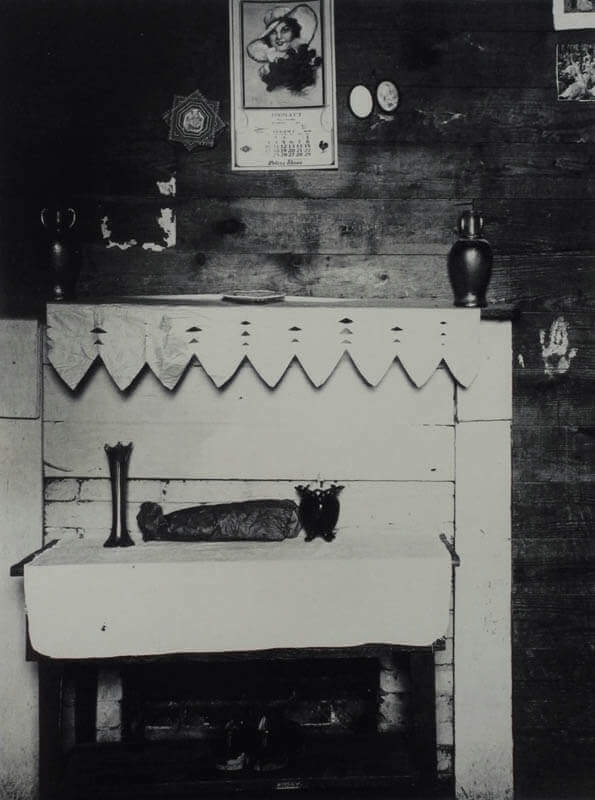
The text of Agee is highly experimental, pushing the boundaries of the way in which documentary should treat the world. There is an inventory of the families’ possession but Agee is also meditating on the morality of what he was doing. This self-absorbption takes the text beyond documentary and into the realms of he didactic, the confessional, the polemical, the diaristic and ulitmaltely the patronizing. And with 472 pages and only 32 black and white photographs the book is more of a literary character than it is a photobook.
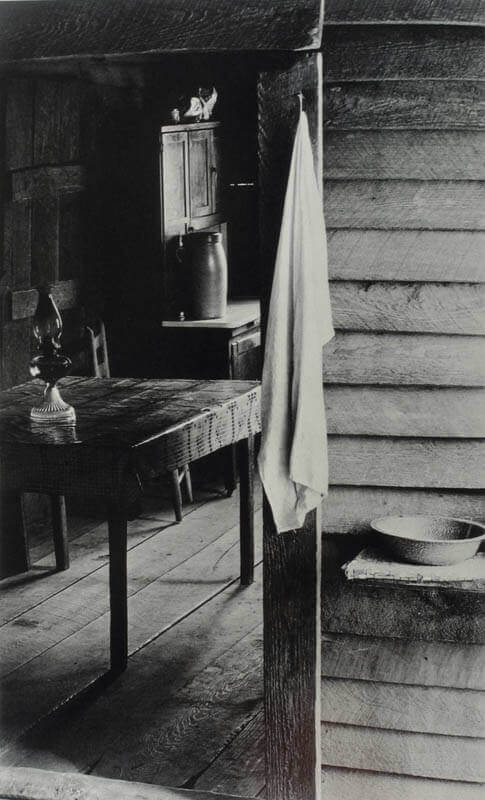
Seventy years after the pictures were taken, Fortune magazine visited the youngest son of Floyd and Allie Mae. He is still furious that he and his family served as a model for the bitter poverty during the Depression years. And that there was nothing in return, not even a copy of the book.

Let Us Now Praise Famous Men
Photographer: Walker Evans
Original published by Houghton Mifflin in 1941
Hardback with full black cloth and jacket, 20,5 x 13,5 cm, 32 b&w photographs
Text by James Agee
Considered as one of the greatest photobooks of all time by Source Magazine.
Mentioned in The Photobook: A History Volume 1. Edited by Martin Parr and Gerry Badger
